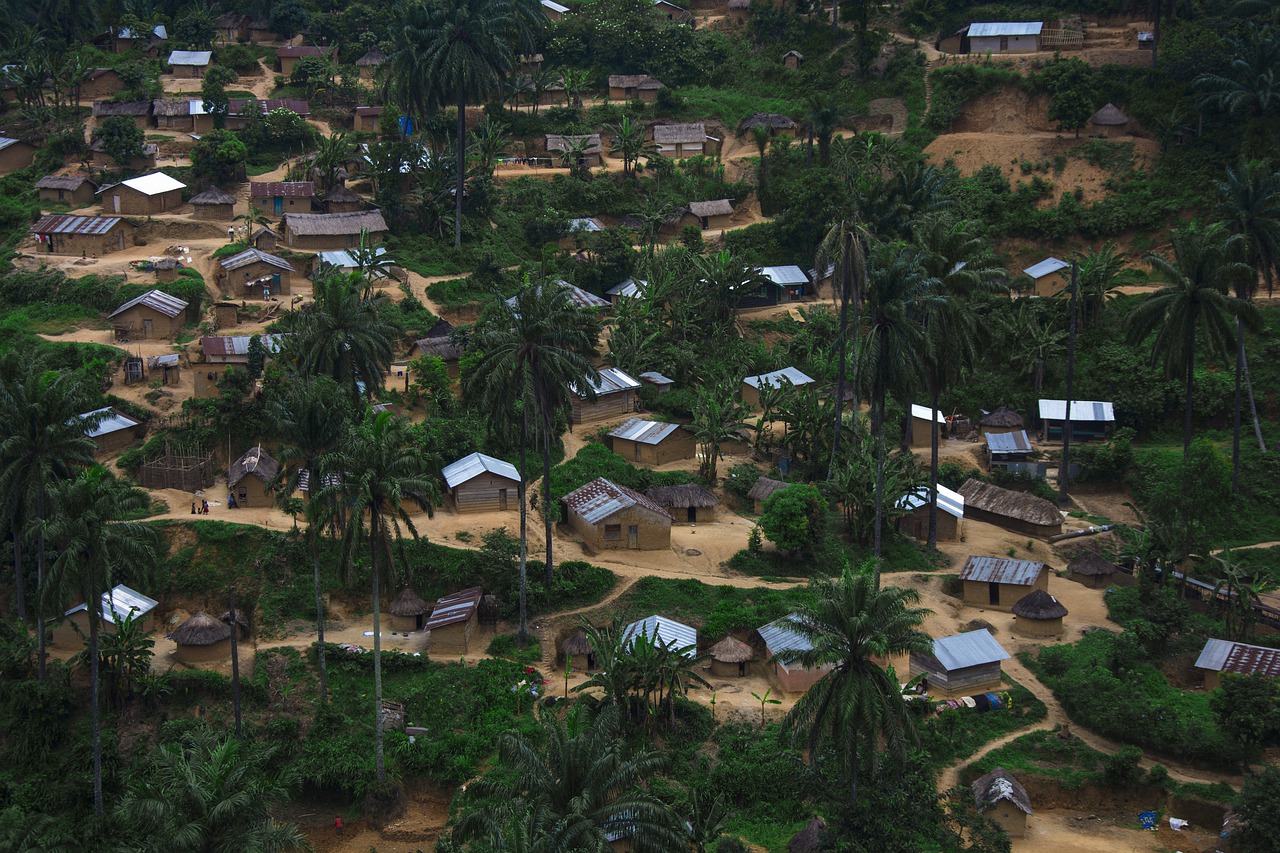The first result in a quick Google search for “Ebola” is the disease’s entry on the official Centers for Disease Control and Prevention (CDC) website. It lists important information such as what the Ebola virus is, how it’s transmitted, and how its symptoms are treated. Though not typically mentioned in general Ebola discussions, cultural awareness of patients and their local communities’ beliefs is another important topic – specifically, how they conduct traditional death rites. This awareness proved crucial in the World Bank Group’s Ebola response for a village in the Democratic Republic of the Congo (DRC).
The World Bank had a mission scheduled to Mambasa, a territory in the DRC’s Ituri Province. A week before this mission, a member of the local tribe’s royal family was transferred 50 miles east of his home to Komanda, where he was to be treated for a suspected Ebola infection. Though he ultimately did not have the virus, he passed away in Komanda and afterwards was buried there.
However, his burial in Komanda violated his tribe’s tradition of returning their dead to their village of origin for burial. Members of the home village, who in anticipation had already prepared a grave and left it open for the patient in Komanda, began to panic when it was clear his body would not be returned; another part of their burial tradition is that an empty grave curses the village’s harvest, causing future famine and illness. The incident ultimately ground Mambasa’s Ebola response to a temporary halt because the village members barred responders from entering the village out of fear they would not be able to recover their other dead.
Image Source: John Moore
World Health Organization (WHO) anthropologist Dr. Julienne Anoko took the key first step towards regaining the villagers’ trust by directly asking their chief Mr. Puma how the responders could make amends. As a result of open dialogue, Dr. Anoko reached a solution with “chefs coutumiers,” village leaders serving as gateways into their community. Dr. Anoko aided the village in restoring proper burial rites and honoring their tradition by mobilizing the necessary resources from the WHO. Oil, salt, food, and a goat were bought to share with the village and other traditional chiefs. The village also held a substitute burial with a banana tree trunk to replace the body of the deceased.
The village successfully closed the open tomb, signaling an important milestone in improving the responders’ relationship with the tribe and forming a more effective Ebola response for all affected communities. Cultural awareness of traditional death rites is one facet of the many ways Ebola responders can best respect, and therefore, best treat the populations they serve.
Image Source: RubberBall Productions
Feature Image Source: © Kudra_Abdulaziz / Pixabay.










